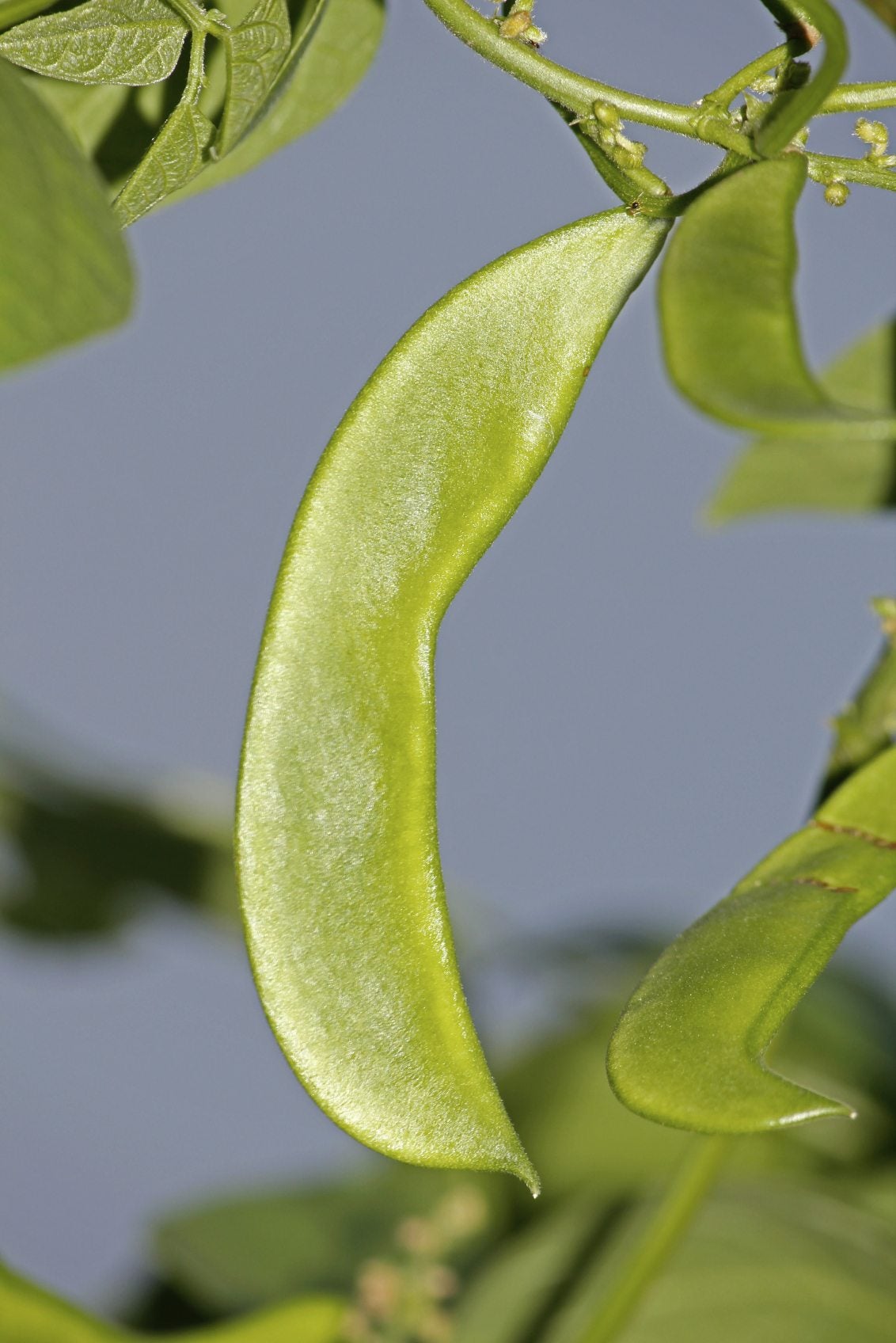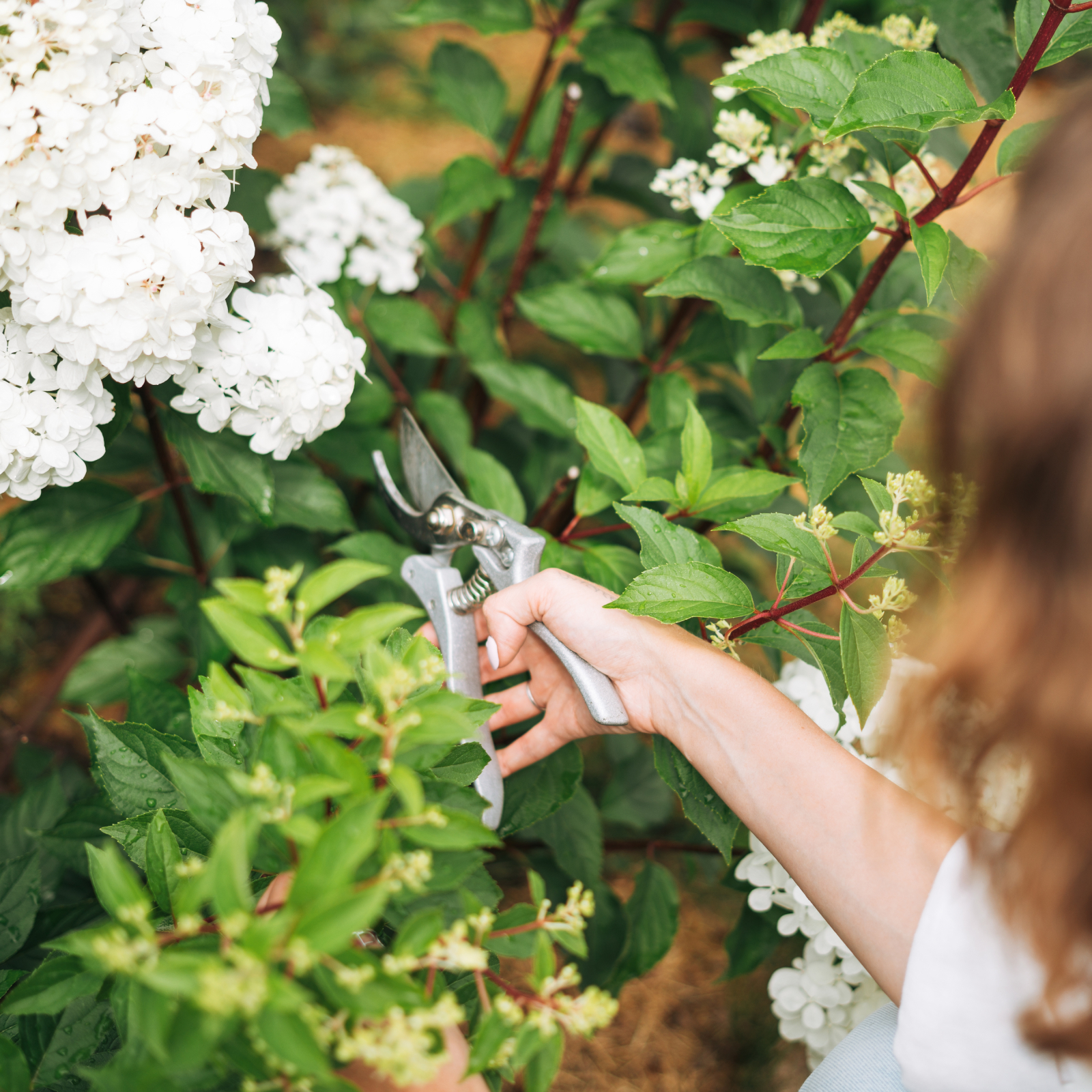Lima Bean Problems: What To Do When Lima Pods Are Empty

Lima beans -- seems people either love them or hate them. If you're in the love ‘em category, you may have tried growing them. If so, you may have encountered problems growing lima beans. One such lima bean problem is empty lima bean pods. What causes lima pods that are empty?
Help! My Lima Pods are Empty!
Lima beans are sometimes called butter beans and are the stereotypical antithesis for kids. My mom used to get a frozen mélange of veggies that included lima beans and I would collect them all into one mouthful and swallow them without chewing, with a large glug of milk. I’m an adult now and then some, with tastes that have changed and the realization that lima beans are extremely good for you, high in fiber, protein, and magnesium. Growing beans is usually easy, so why not give lima beans a go? The general directions for growing lima beans are to start them indoors three to four weeks prior to the last frost date in your area. Plant seeds 1 to 2 inches (2.5-5 cm.) deep in transplantable paper or peat pots and keep them moist. Don’t tamp the soil down over seeds. Put the seedlings out three weeks after the frost date or sow seeds outside at this time if the soil is at least 65 degrees F. (18 C.). Select a sunny site and space bush beans 4 to 6 inches (10-15 cm.) apart and vining limas 8 to 10 inches (20-25 cm.) apart. Keep the limas consistently moist. Add a layer of mulch to retain water. So, the beans are in and all is well until one day you realize there’s a lima bean problem. It seems that the lima pods are empty. The plant flowered, it produced pods, but there’s nothing inside. What happened?
Reasons for Empty Lima Bean Pods
There are several pest and disease problems that create problems when growing lima beans. In fact, many fungal spores exist in the soil for two to three years, so you should always move your bean site each year. Empty pods from insects munching would be patently obvious, as there would be holes in the pods. So if it’s not that, what is it? Did you refrain from fertilizing your limas? Like all beans, they fix nitrogen so these beans don’t need that extra dose you would normally give other garden produce. That means no fresh manure either. A surplus of nitrogen will give you lush foliage but won’t do much in the way of bean production. You can side dress with compost if you wish. Water and heat stress can also play havoc on bean production. Hot days and hot nights dry the plant out and reduce the seed numbers or result in underdeveloped seeds (flat pods). This is more prevalent in large-seeded pole lima beans. Irrigate regularly during hot periods but beware of downy mildew. If you live in a typically warm region, start your seeds earlier in May using black plastic mulch to warm the soil and row covers to protect plants. Lastly, immature or lack of beans in the pods could be a factor of time. Perhaps, you have not waited long enough for the beans to mature. Remember, beans and peas form pods first. Apparently, the baby limas are easier to grow than the large bush limas like Big Six, Big Momma, etc., or even the pole types such as King of the Garden or Calico. The baby limas include:
- Henderson’s
- Cangreen
- Wood’s Prolific
- Jackson Wonder
- Dixie Butterpeas
- Baby Fordhook
Gardening tips, videos, info and more delivered right to your inbox!
Sign up for the Gardening Know How newsletter today and receive a free copy of our e-book "How to Grow Delicious Tomatoes".

Amy Grant has been gardening for 30 years and writing for 15. A professional chef and caterer, Amy's area of expertise is culinary gardening.
-
 Pruning Limelight Hydrangea Bushes For Bigger Blooms & Stronger Plants
Pruning Limelight Hydrangea Bushes For Bigger Blooms & Stronger PlantsPruning 'Limelight' hydrangea will benefit the shrub. Flowers will be more bountiful the next year and branches will be stronger. Learn how and when to prune.
-
 What’s Wrong With Your Azaleas? Identify, Tackle And Prevent 6 Common Azalea Pests
What’s Wrong With Your Azaleas? Identify, Tackle And Prevent 6 Common Azalea PestsIf you’ve spotted signs of azalea leaf damage, don’t panic – here’s how to identify the most common azalea pests so you can take action swiftly and keep plants healthy